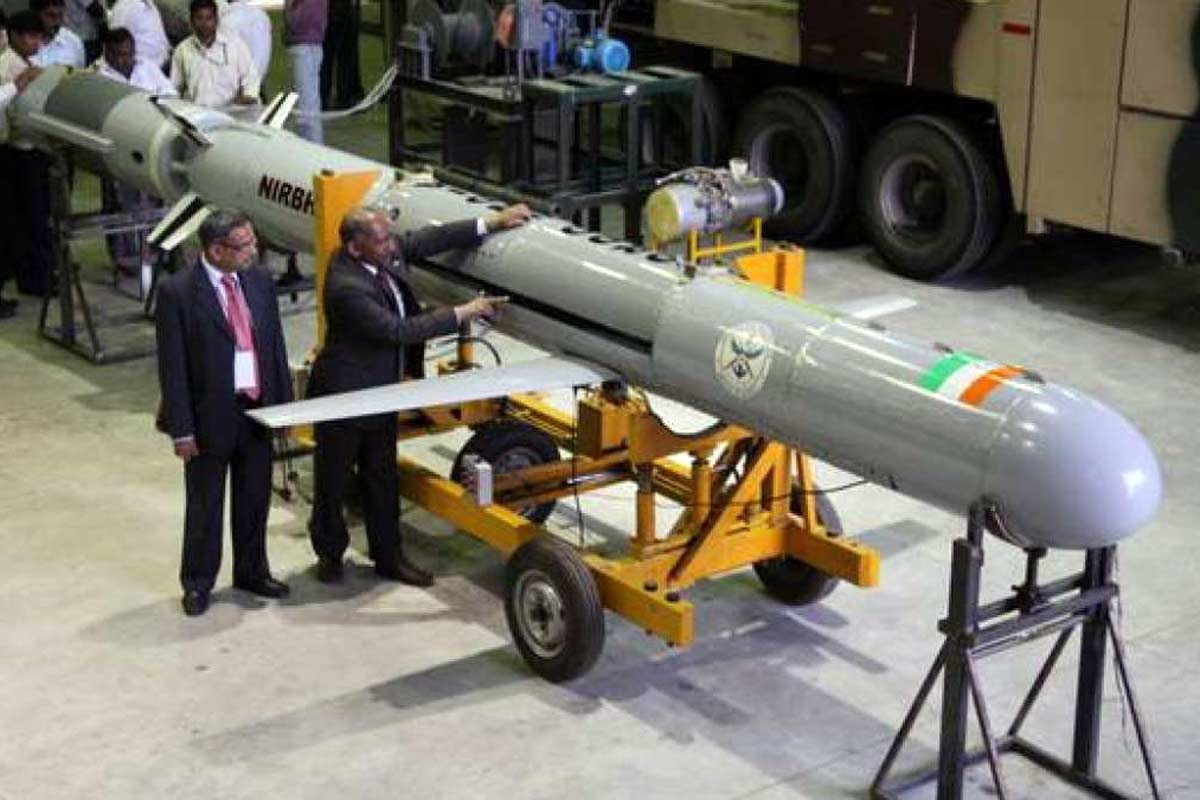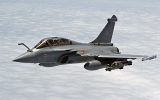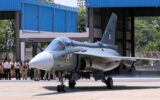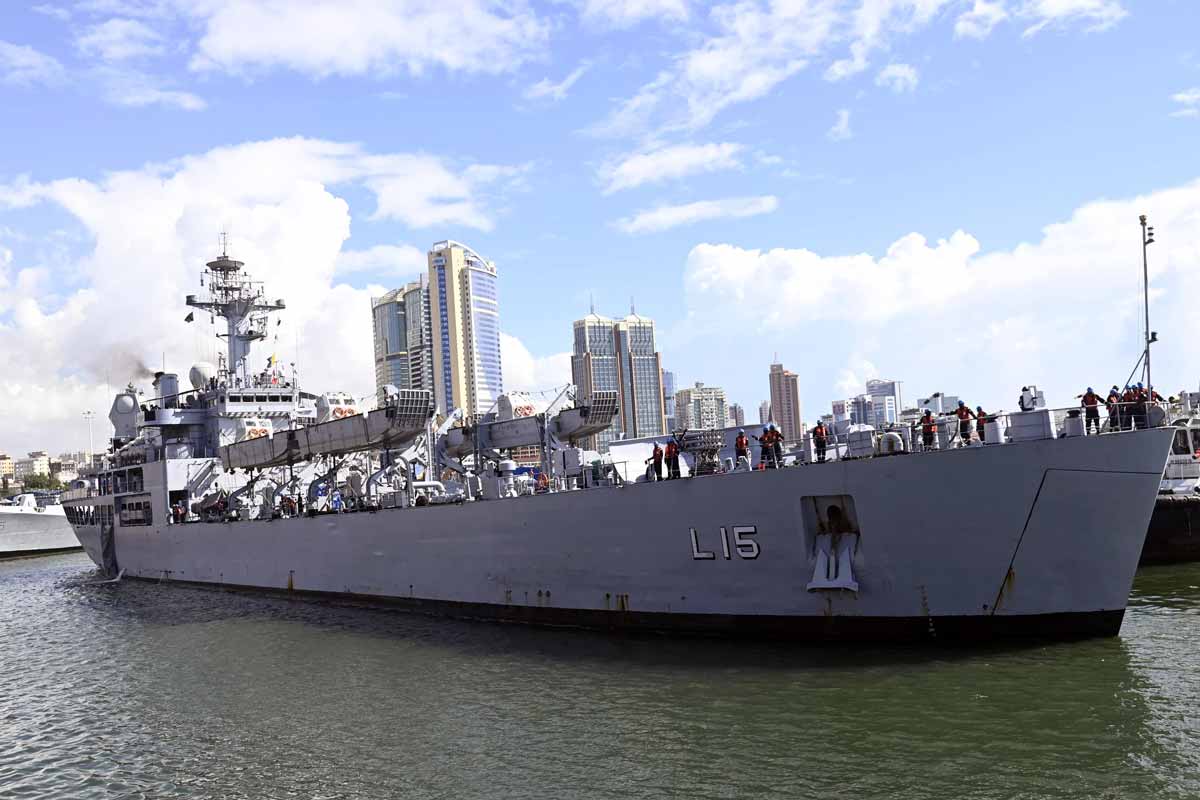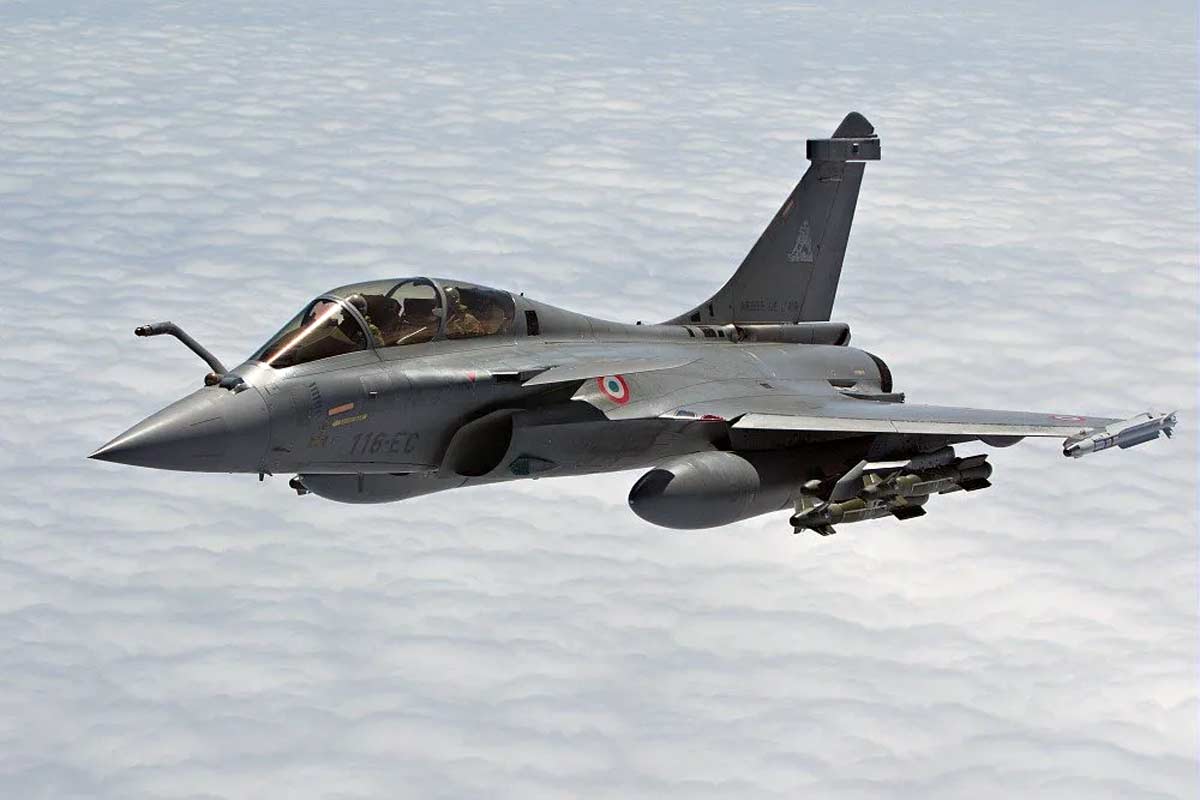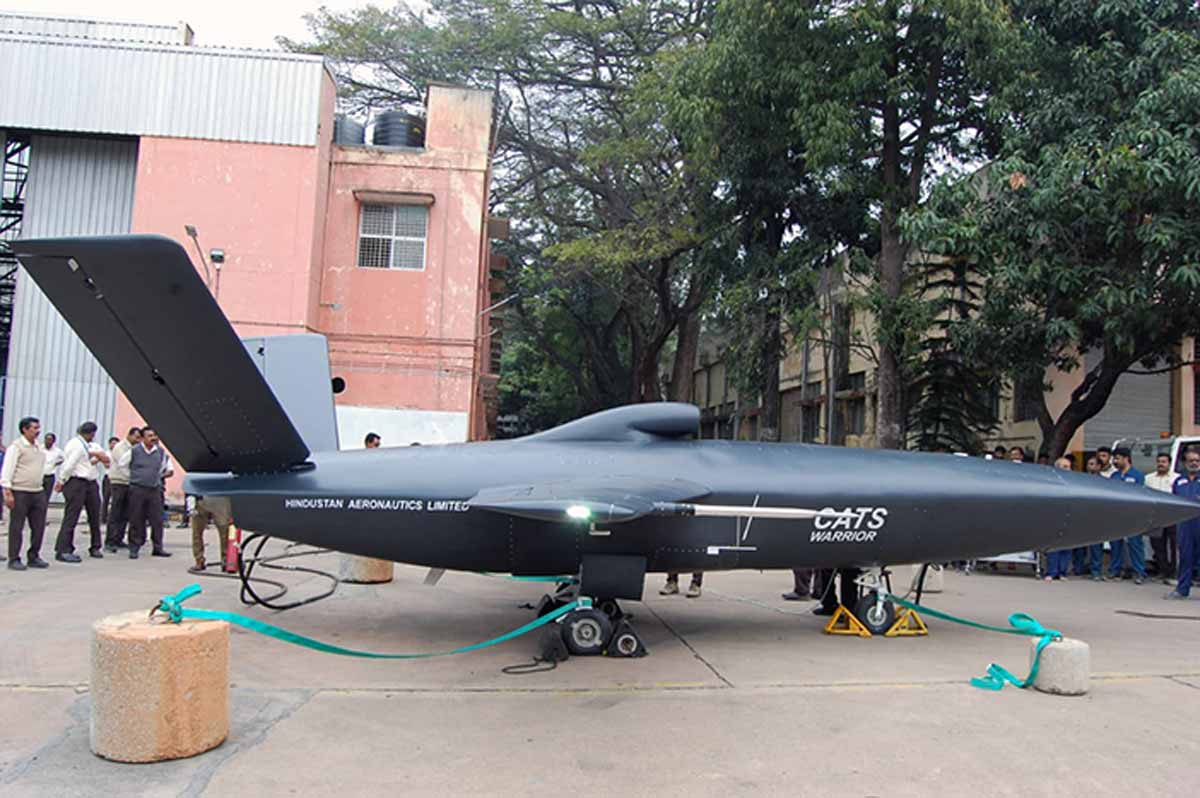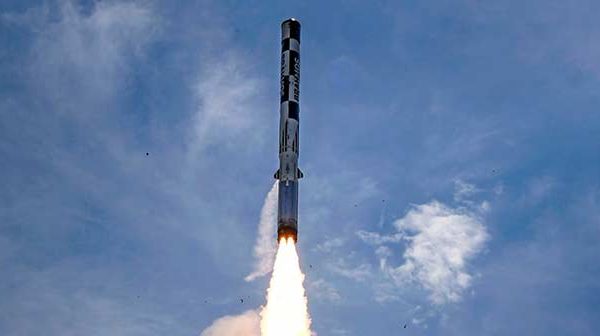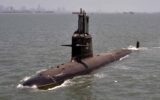Nirbhay Cruise Missile with Indian Engine: India successfully test-fired its indigenously developed Nirbhay cruise missile on Thursday, marking a significant step towards bolstering its long-range precision strike capabilities. Launched from Chandipur in Odisha, the Nirbhay missile boasts a range of 1,000 kilometers and is designed for conventional (non-nuclear) attacks. This time Nirbhay missile has been tested with an indigenous engine – Manik Turboban engine, reducing the country’s reliance on foreign vendors and partners.
India’s Nirbhay Missile: A Long-Range Powerhouse
The Nirbhay is a subsonic, long-range cruise missile with a canister launch system. This missile is envisioned as a mainstay of the upcoming Integrated Rocket Force (IRF), a tri-service force dedicated to conventional deterrence and combat capabilities. During the test, the Nirbhay’s performance was meticulously monitored by various radars, electro-optical tracking systems, and telemetry sensors positioned along its flight path. Notably, this test flight utilized the indigenously developed Manik turbofan engine, replacing the previously used Russian engine.
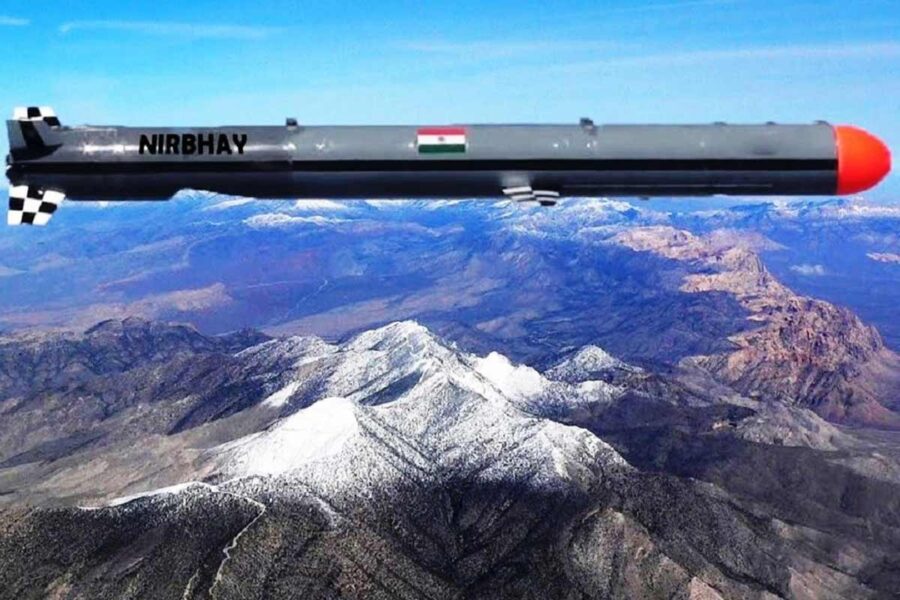
Nirbhay Cruise Missile.
READ: HAL conducts successful first flight of Tejas Mk1A fighter
BrahMos and Pralay Missiles: Enhancing India’s Missile Arsenal
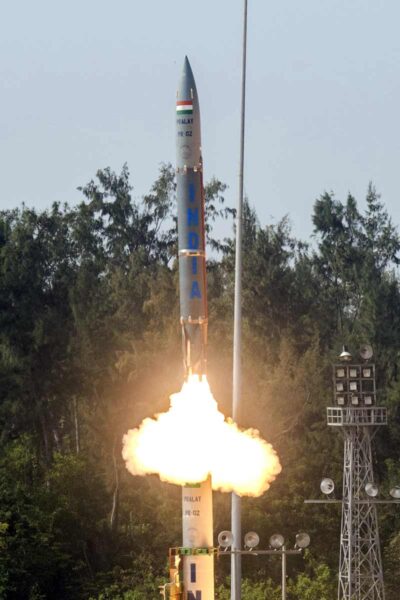
India’s Pralay Missile.
India’s missile arsenal goes beyond the newly tested Nirbhay. The Integrated Rocket Force will also integrate other powerful missiles:
BrahMos: This supersonic cruise missile boasts an impressive range of 800 kilometers. BrahMos comes in various variants, with ranges of 290 km and 450 km already inducted into the Indian military.
Pralay: This ballistic missile offers a strike range of 400-500 kilometers and is designed for high-impact conventional strikes with a 1,000 kg payload. Pralay is powered by a solid propellant rocket motor and is expected to see initial deployment with the Army and Air Force. Additionally, India is developing another unnamed ballistic missile with a projected range of 1,500 kilometers, further strengthening its long-range strike capabilities.
READ: Mission Divyastra: DRDO testfires MIRVed Agni-5 ICBM
The successful test of the Nirbhay missile, along with the existing BrahMos and Pralay missiles, demonstrates India’s commitment to developing a robust and diverse long-range missile arsenal. This development comes amidst a growing need for precision-strike capabilities, as highlighted by the ongoing conflicts around the world. The Integrated Rocket Force, with its mix of conventional cruise and ballistic missiles, will play a crucial role in safeguarding India’s territorial integrity and deterrence strategy.


